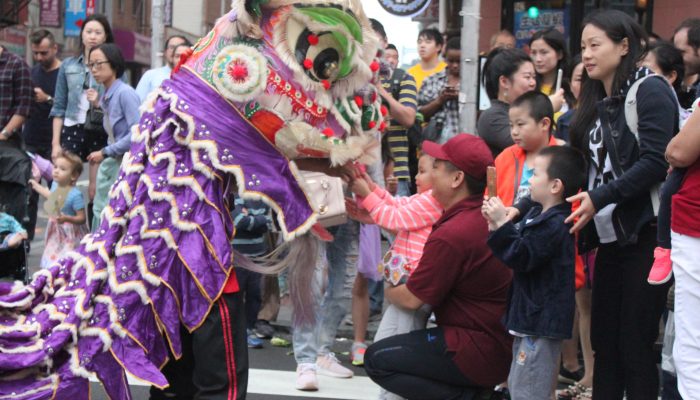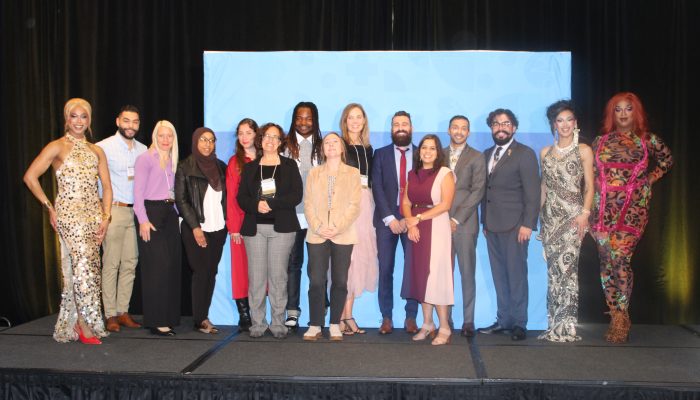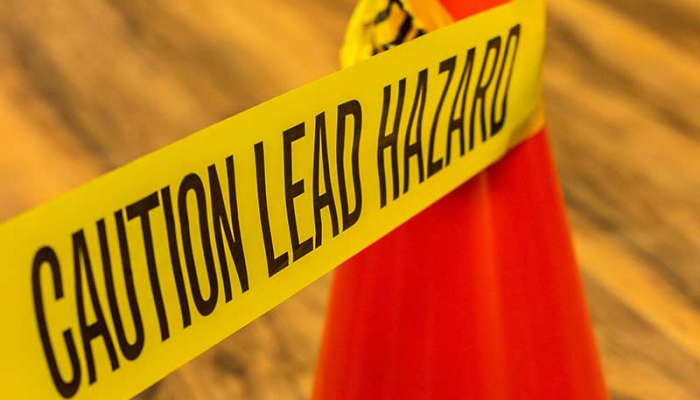Philadelphia residents who identify as Asian American and Native Hawaiian or Pacific Islander speak many different languages and represent a wide variety of cultures, with different histories and perspectives. In recent years, the number of residents in this group increased by 38% – from 97,149 people in 2010 to 134,485 in 2020 – making it one of the city’s fastest-growing populations. So, it’s important to understand their health concerns and priorities.
However, there’s a problem understanding some of those concerns and that has to do with how most health data are collected. Data are typically collected in only a handful of languages, leaving out those who speak less common languages or are uncomfortable taking surveys in English. And people who identify as Asian American and Native Hawaiian or Pacific Islander usually aren’t given the option to share detailed race and ethnicity information, making it impossible, for example, to distinguish between Philadelphians of Japanese or Cambodian descent. As a result, the health department is often unable to see the diverse health needs of specific communities.
But we’re working to change that.
A unique project
The Philadelphia Department of Public Health and the Philadelphia Chinatown Development Corporation (PCDC) recently partnered on a unique project to learn how data collection and analysis practices in the Asian American and Native Hawaiian or Pacific Islander community can be improved by partnering with community-based organizations.
Since 1966, PCDC has advocated for approximately 37,000 Chinese Americans in Philadelphia and provides bilingual services in affordable housing, social services, economic revitalization, neighborhood planning, and health equity. Through their record of building trust and leveraging partnerships to provide essential services to the community, we recognized that we had much to learn from their approaches and connections with many organizations.
The project had two goals:
- Learn from PCDC’s and other community leaders’ experiences collecting diverse, community-representative data, and
- Consolidate these learnings into best practices for data collection and outreach that will inform the health department’s strategy to improve data representation in historically underserved communities in Philadelphia.
To learn more about PCDC’s experiences with data collection efforts, the health department collaborated with PCDC to analyze data from a large survey about COVID-19 vaccination barriers and attitudes among Philadelphia residents who identify as Asian American and Native Hawaiian or Pacific Islander. The findings pointed to language barriers, scheduling conflicts with clinic hours, and lack of transportation as hurdles to vaccination. Lack of trust was a common theme among vaccine-negative attitudes, and concerns varied widely across ethnicities and residential ZIP Codes. Detailed findings are summarized in a data brief, which is published in English, Traditional Chinese, Simplified Chinese, Bengali, Khmer, Korean, and Vietnamese.
To identify best practices for data collection, PCDC interviewed volunteers who had administered the COVID-19 vaccination survey. PCDC also interviewed community leaders who serve different populations in Philadelphia, including Cambodian, Southeast Asian, Chinese, and immigrant and refugee communities. Insights from these interviews mirrored results of the survey. Survey administrators and community leaders emphasized the importance of planning for data collection in multiple languages, and repeatedly advocated for building trust as an essential part of working with Philadelphia’s Asian American and Native Hawaiian or Pacific Islander communities.
Barriers and challenges to health equity
The COVID-19 pandemic exposed many structural barriers and challenges to achieving health equity. It also revealed that the most successful public health work, including data collection and sharing, is conducted in partnership with the local community. This realization helped shape the health department’s Plan for Health and Racial Equity, unveiled in November 2023, where data justice emerged as a fundamental principle. Data justice aims to ensure that health data collection, use, and sharing, prioritize and reflect community needs. This project’s insights will inform the health department’s strategic action plan for data justice.
Partnerships improve access to health services
“This project demonstrates that public and nonprofit partnerships can lead to systemic change for the better accessibility of health services to historically underserved communities,” said PCDC director John Chin.
Dr. Megan Todd, Chief Epidemiologist for the Philadelphia Department of Public Health agreed.
“Standard health data about the Asian American and Native Hawaiian or Pacific Islander populations are often sparse, unrepresentative, and incomplete,” Dr. Todd said. “Addressing these gaps is vital for making progress in reducing health disparities and achieving health equity, a core goal of the health department. This work highlights how important it is to collaborate with community-based organizations to better understand the diverse experiences and challenges of these communities.”
“We applaud the Philadelphia Department of Public Health on its efforts to assess and redress local health inequities,” said Ariella Rojhani, Director of the Partnership for Healthy Cities. “Every Philadelphian deserves culturally sensitive and responsive access to prevention and treatment services.”
This partnership reflects one step in understanding the diverse health needs of Asian American and Native Hawaiian or Pacific Islander communities in Philadelphia and underlines the importance of working towards integrating community needs and representation into how health data are collected, used and shared.
This project is supported technically and financially by the Partnership for Healthy Cities, a global network of 74 cities committed to saving lives by preventing noncommunicable diseases and injuries, and is funded by Bloomberg Philanthropies in partnership with the World Health Organization and the global health organization Vital Strategies.




